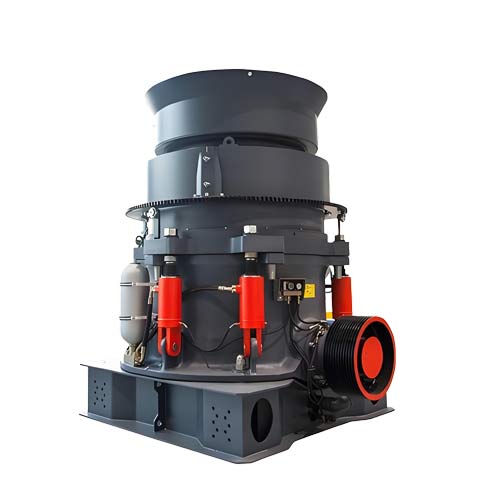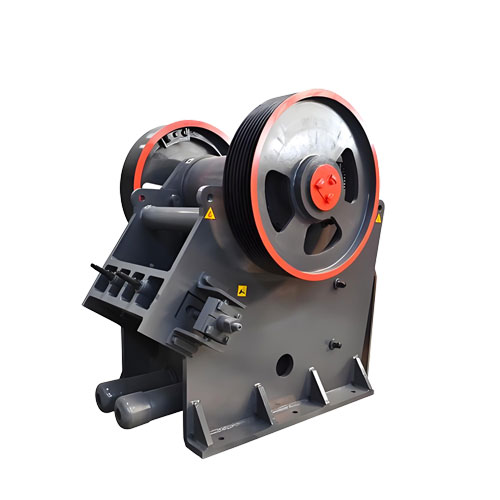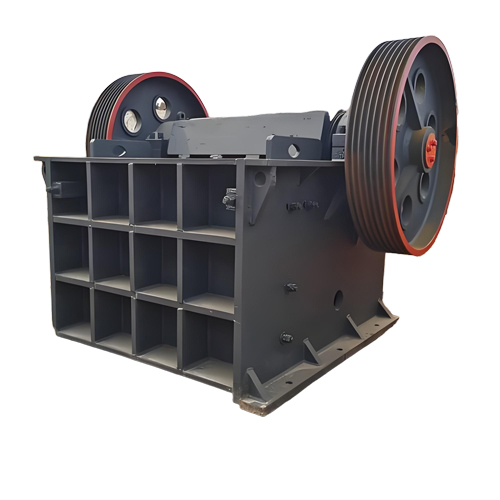Structural composition and working principle of vertical grinding mill
The vertical grinding mill integrates crushing, grinding, grading and drying. It adopts “bed crushing + airflow classification” technology, which reduces energy consumption by more than 30%. The finished product fineness can be adjusted to 80-600 mesh. The fully sealed structure ensures dust emissions are less than 10mg/m3. The intelligent control system realizes one-button start and stop and remote monitoring.
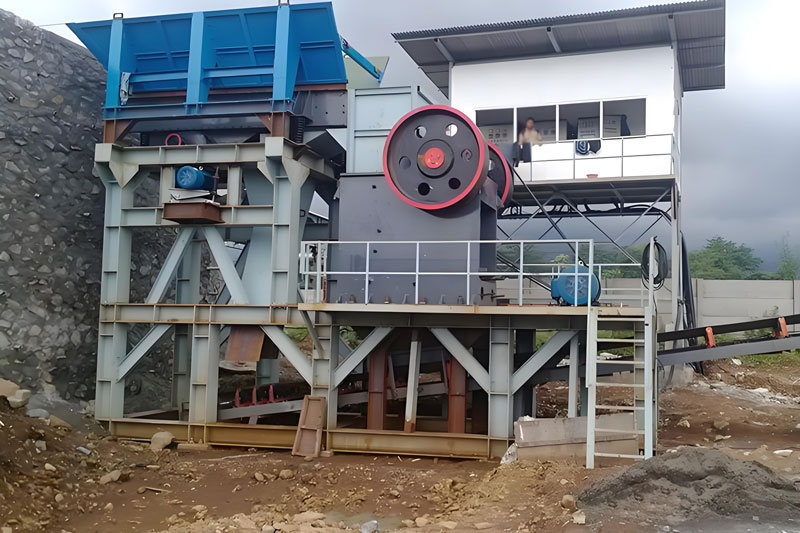
Structural composition
A vertical grinding mill (often called a vertical mill or vertical roller mill) is a highly efficient grinding equipment that integrates crushing, grinding, grading, and drying. Its structure mainly consists of the following core parts:
1. Host part
○ Grinding disc and roller system: The grinding disc is a horizontal rotating disc, and the grinding rollers (usually 3-4) are arranged vertically under a pressure frame above the grinding disc. The grinding rollers apply pressure through a hydraulic system to crush the material.
○ Grinding shell and material layer: The grinding shell surrounds the entire grinding disc, forming a closed space to prevent dust leakage. The material forms a material layer between the grinding disc and the grinding roller, and is crushed through extrusion and shearing.
○ Transmission system: Consists of a main motor, a speed reducer, and a coupling, it drives the grinding disc to rotate at a speed of typically 20-30 rpm. Motor power varies from tens of kilowatts to thousands of kilowatts, depending on the machine model.
2. Grading System
○ Dynamic Powder Classifier: Located on top of the main unit, it generates airflow classification through the high-speed rotating impeller. Coarse powder is centrifugally returned to the grinding disc for further grinding, while fine powder is carried by the airflow into the subsequent dust removal system.
○ Grading blade adjustment mechanism: By adjusting the blade angle or speed, the finished product particle size can be flexibly controlled (80-600 mesh).
3. Feeding and conveying system
○ Feeding device: usually equipped with a quantitative feeder to ensure that the material enters the mill evenly and continuously to avoid overloading or empty grinding.
○ Elevator and conveying pipeline: lift the raw materials to the top of the grinding mill and connect various systems through pipelines to realize the circulation or transportation of materials.
4. Hydraulic and lubrication systems
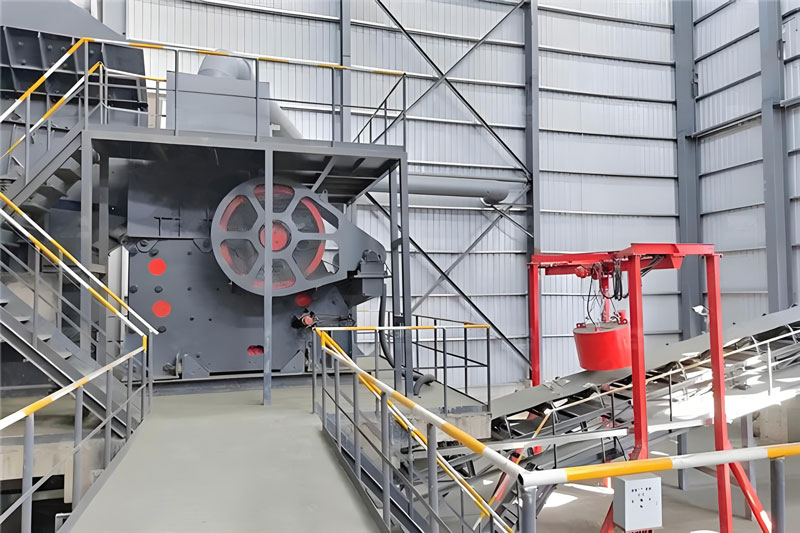
○ Hydraulic system: used to control the pressurization and lifting of the grinding roller, adjust the grinding pressure (range 0-20MPa) to adapt to materials of different hardness.
○ Automatic lubrication system: Regularly lubricate key transmission components (such as bearings and gears) to extend equipment life.
5. Dust removal and environmental protection system
○ Pulse bag dust collector: Captures fine powder through bag filtration, and the emission concentration can be lower than 10mg/m³, which meets environmental protection standards.
○ Muffler and sealing device: reduce noise and prevent dust leakage.
6. Intelligent control system (PLC)
○ Centralized control cabinet: Integrates the control of motor, hydraulic, classification and other systems to achieve “one-button start and stop”, parameter setting, fault diagnosis and alarm.
○ Remote monitoring module: supports real-time viewing of equipment operating status and adjustment of parameters (such as feeding amount and classification speed) via mobile phone or computer.
7. Auxiliary components
○ Hot air system (optional): used to dry wet materials and improve grinding efficiency by introducing hot air to exchange heat with the materials.
○ Inspection door and observation window: convenient for daily maintenance and internal inspection.
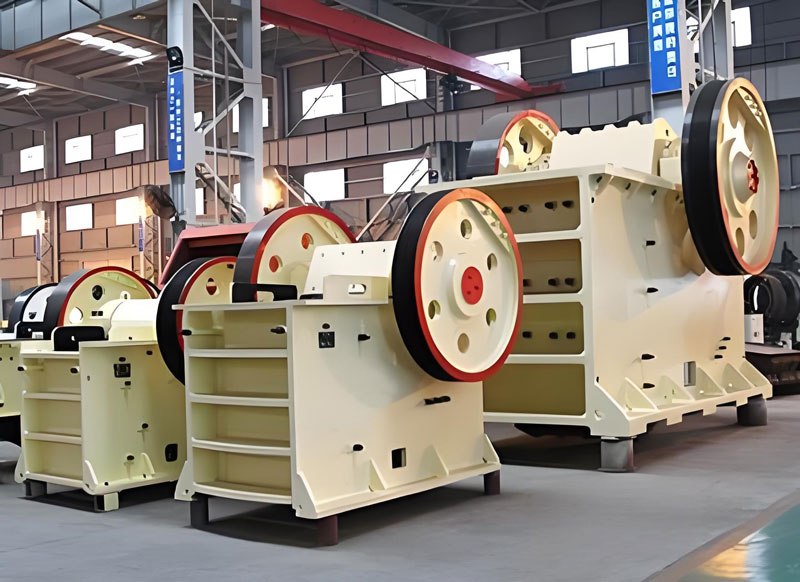
Working Principle
The working principle of the vertical grinding mill can be summarized as a closed-loop process of “material bed crushing + airflow classification + circulating grinding”. The specific steps are as follows:
1. Material Entry and Pre-crushing: Raw materials enter the mill through the feeder and fall onto the rotating grinding disc. Under the action of centrifugal force, the materials move toward the edge of the grinding disc, forming a stable material bed.
2. High-pressure crushing: The grinding rollers, under the action of a hydraulic system, apply pressure (adjustable) to the material bed, crushing the material through crushing, shearing, and impact. Larger particles are repeatedly ground between the grinding rollers and the grinding disc until they reach a desired fineness.
3. Airflow Classification and Separation: The pulverized material rises in the airflow generated by the rotating grinding disc and enters the dynamic classifier. The classifier’s impeller rotates at high speed, generating a centrifugal force field. Due to its high inertia, the coarse powder is thrown back to the grinding disc for further grinding, while the fine powder (particles that meet the required size) is carried by the airflow into the dust removal system.
4. Finished Product Collection and Discharge: Fine powder is filtered and collected by a dust removal system (bag or electrostatic precipitator) and ultimately transported to the finished product warehouse by conveying equipment. Exhaust gas is purified and discharged in compliance with emission standards.
5. Circular Grinding and Control: Coarse powder that fails to pass classification re-enters the grinding disc through the return pipe, forming a closed-loop circulation. By adjusting parameters such as hydraulic pressure, classifier speed, and feed rate, the fineness and output of the finished product can be dynamically controlled.
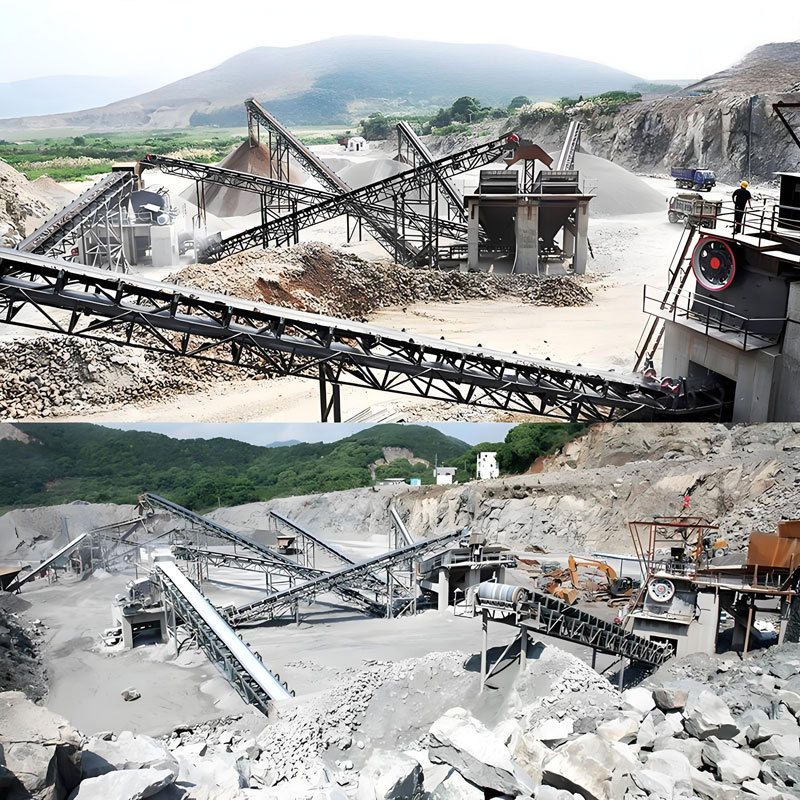
Key technical features
1. High material bed crushing efficiency: Compared with the “point-to-point” impact crushing of the ball mill, the vertical mill adopts “face-to-face” material bed extrusion, which has higher energy utilization rate (energy consumption is reduced by more than 30%).
2. Accurate and flexible classification: Dynamic classification technology can achieve narrow particle size control, avoid over-crushing, and improve the activity of the finished product.
3. Intelligent adjustment and energy saving: The hydraulic system can automatically adjust the pressure according to the hardness of the material, reducing ineffective energy consumption; intelligent control optimizes the coordination of various systems in real time to reduce overall power consumption.
4. Environmental protection and low wear: Fully sealed structure + efficient dust removal reduces dust and noise pollution; wear-resistant materials (such as high chromium alloy grinding rollers) extend equipment life and reduce downtime for maintenance.
Summary of Application Advantages
● Compact structure and small footprint: The vertical layout saves space and is suitable for integration into large production lines.
● Multifunctional adaptability: It can process materials of various hardness (limestone, basalt, slag, etc.) to meet the needs of different industries.
● Long-term stable operation: high degree of automation, low failure rate and controllable maintenance costs.
5. Notes
● Equipment installation: Ensure that the foundation is stable to prevent vibration from affecting accuracy; the hydraulic system needs to be regularly inspected for oil circuit sealing.
● Parameter optimization: Different materials require adjustment of parameters such as grinding pressure and grading speed. It is recommended to determine the optimal configuration through trial grinding.
● Environmental maintenance: Regularly replace the bags or clean the dust removal system to prevent blockages that affect efficiency.
Related Products
Inquiry
Please leave us your requirements, we will contact you soon.


